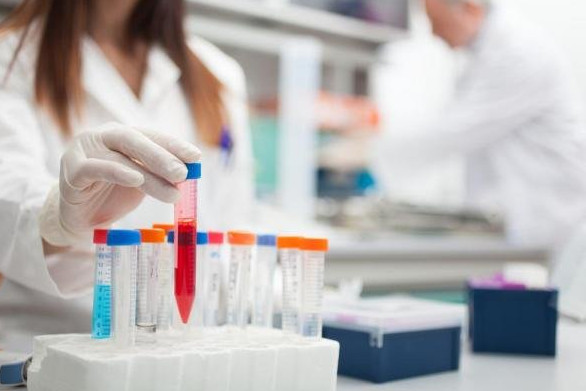Cosmetic equipment detects most viruses that cause disease
Scientists at the Washington University School of Medicine say the new test device, called ViroCap, they have built, could help detect nearly every virus that causes disease in humans and animals.
ViroCap - device to support virus detection
According to September 29, the device promises to help doctors diagnose infections even if they have no clues about the disease. It is also faster and less expensive than current testing devices.
"With this device, you don't need to know what you're looking for - Dr. Gregory Storch, professor of pediatrics at Washington University in St. Louis, says - It can detect viruses even if they are present with the jaw. Very low volume ".
The researchers said they tried to create a table of DNA and RNA sequences from viruses of 34 different "families", then use ViroCap to test.

Photo: Shutterstock.
The results detected all viruses at the same time - something that traditional tests have not done yet. It is also possible to detect variants of common viruses, promising to help find infections that doctors never even think of.
For example, when testing in a group of 14 patients, the normal test method detected 10 people with the virus, but ViroCap discovered 4 more people with the virus.
Viruses that are missed by common testing methods are relatively common viruses, including seasonal influenza virus B; parechovirus - respiratory and mild gastrointestinal viruses; Herpes virus 1 causes mouth ulcers and varicella-zoster virus causes chickenpox.
In the second trial, the researchers examined a group of children with fever of unknown origin.
The results of the normal test method found 11 viruses in these children, while ViroCap found another 7 viruses, including a harmless respiratory virus that sometimes causes serious infections.
Researchers said it would continue to perfect ViroCap and clinical trials to confirm its accuracy. It will also be widely introduced so that researchers and other doctors can research, use and improve.
- New equipment quickly detects avian influenza
- This invention can eliminate complications in cosmetic and medical surgery
- The device detects HIV for 15 minutes
- Why do Koreans like cosmetic surgery?
- Discovering new viruses that harm animals
- The most dangerous computer viruses of the time
- Measurements for measles, rubella in 35 minutes
- Cosmetic surgery like selfie: Phenomenon
- Why are more and more new viruses threatening humans?
- Mobile security equipment scans the entire aircraft
- Discover new methods to help pigs become immune to disease
- Unexpected effects of plant viruses
 Green tea cleans teeth better than mouthwash?
Green tea cleans teeth better than mouthwash? Death kiss: This is why you should not let anyone kiss your baby's lips
Death kiss: This is why you should not let anyone kiss your baby's lips What is salmonellosis?
What is salmonellosis? Caution should be exercised when using aloe vera through eating and drinking
Caution should be exercised when using aloe vera through eating and drinking